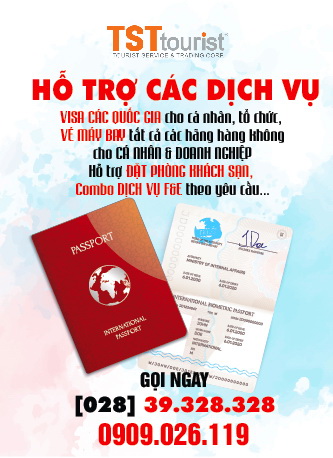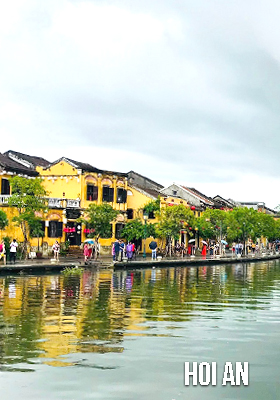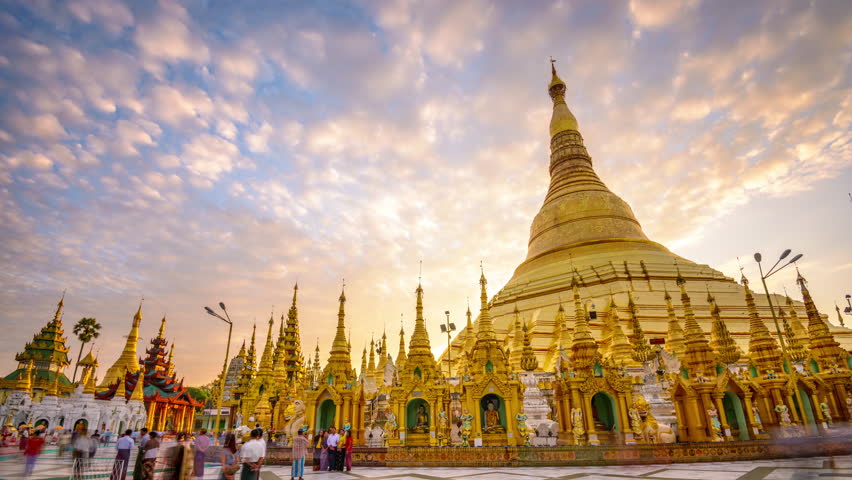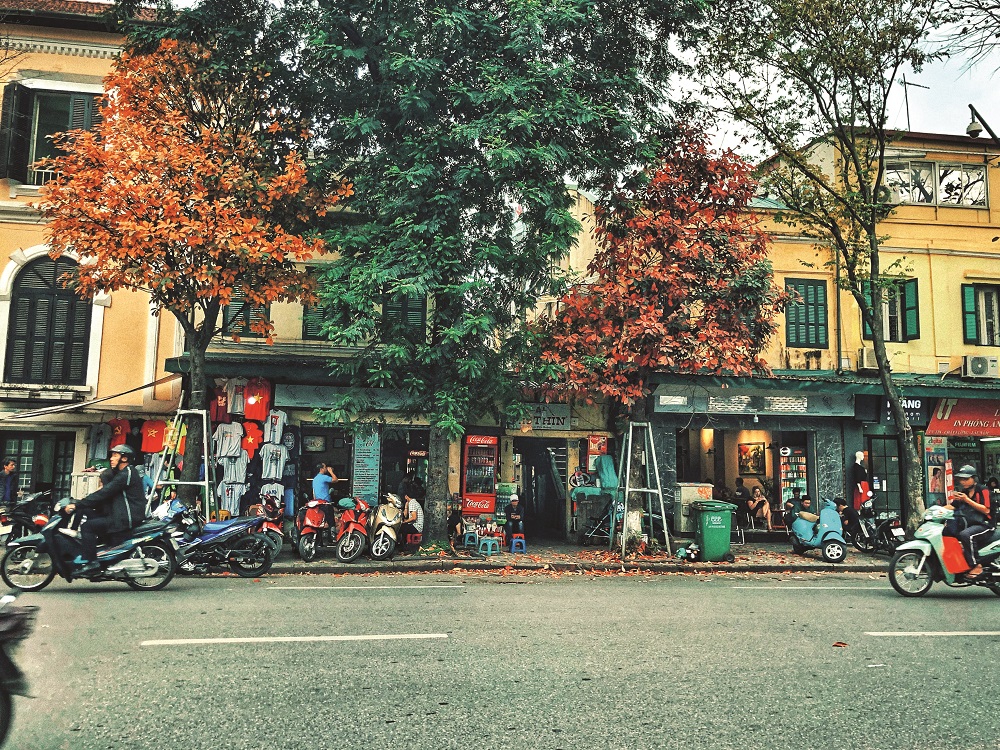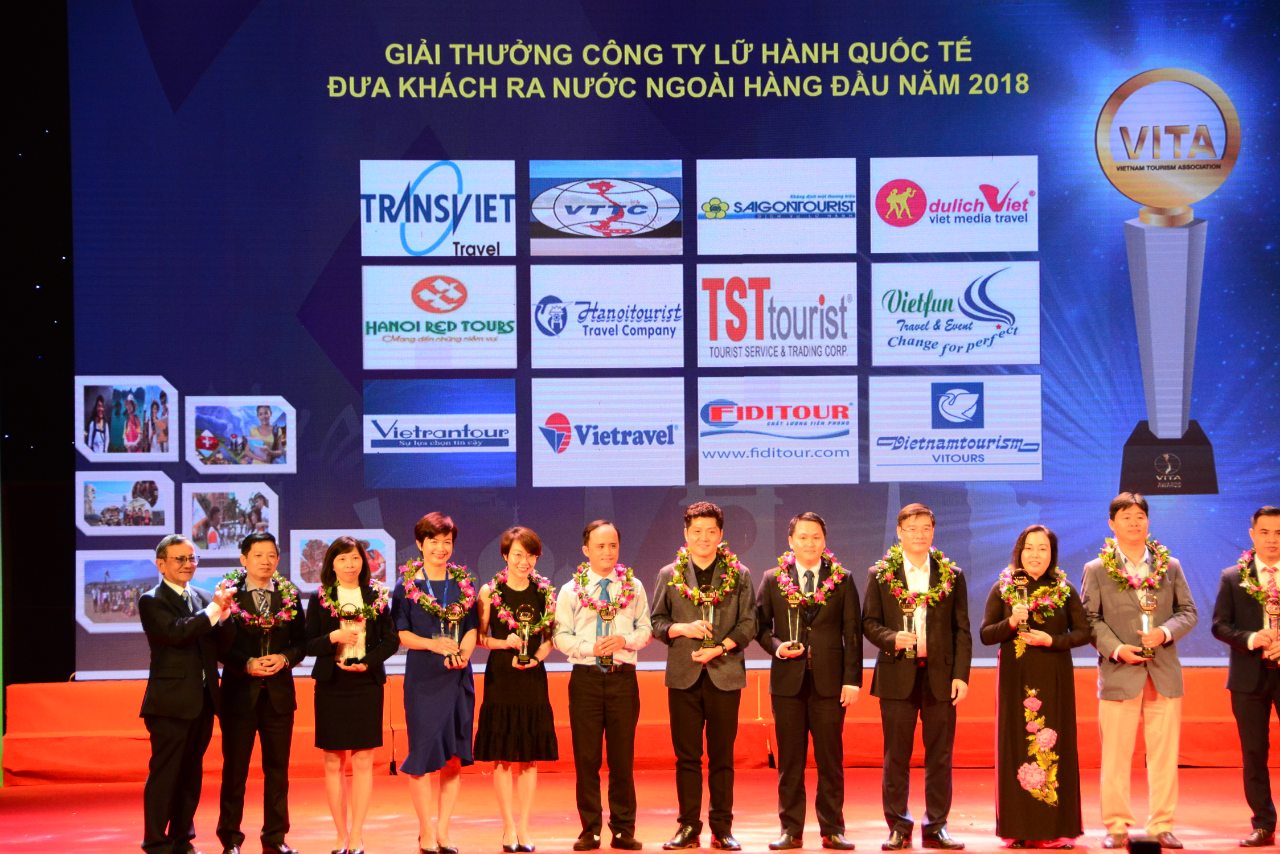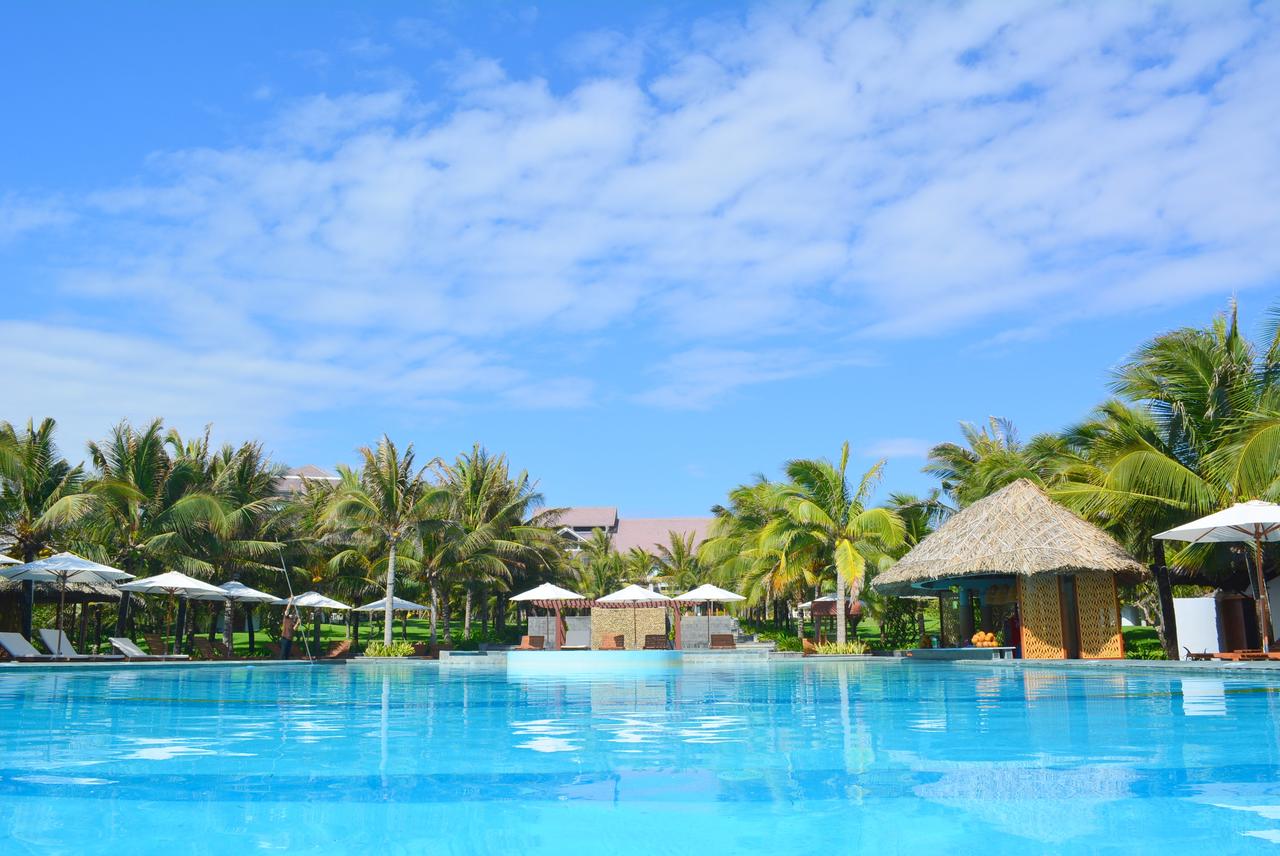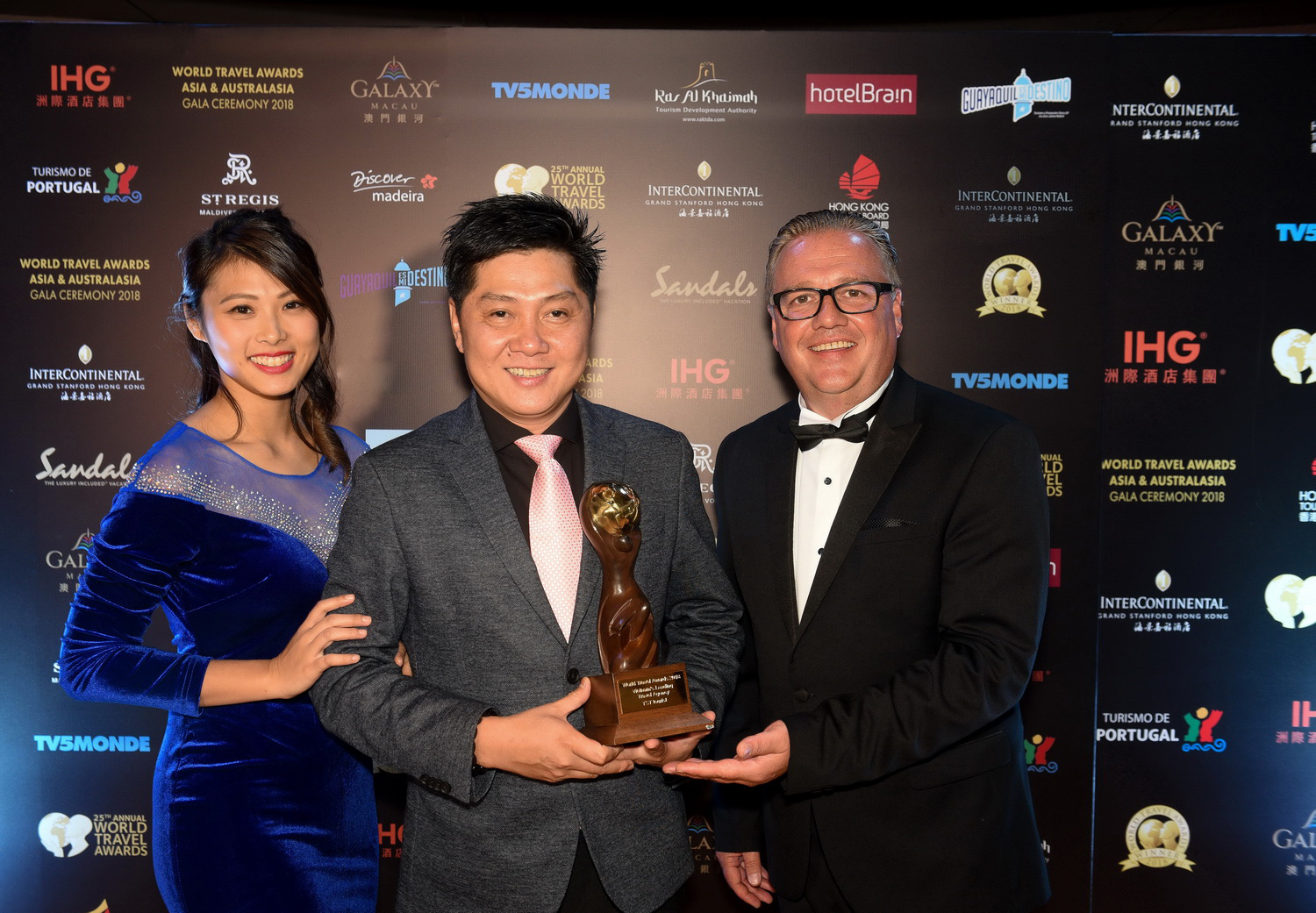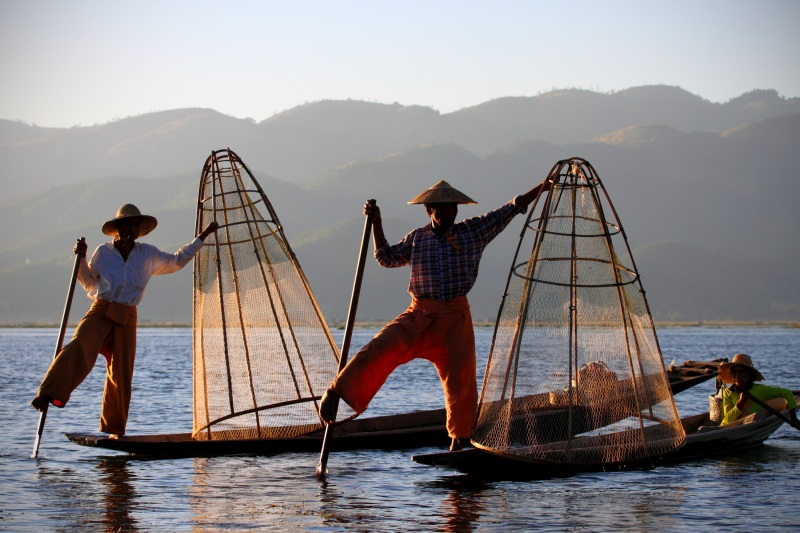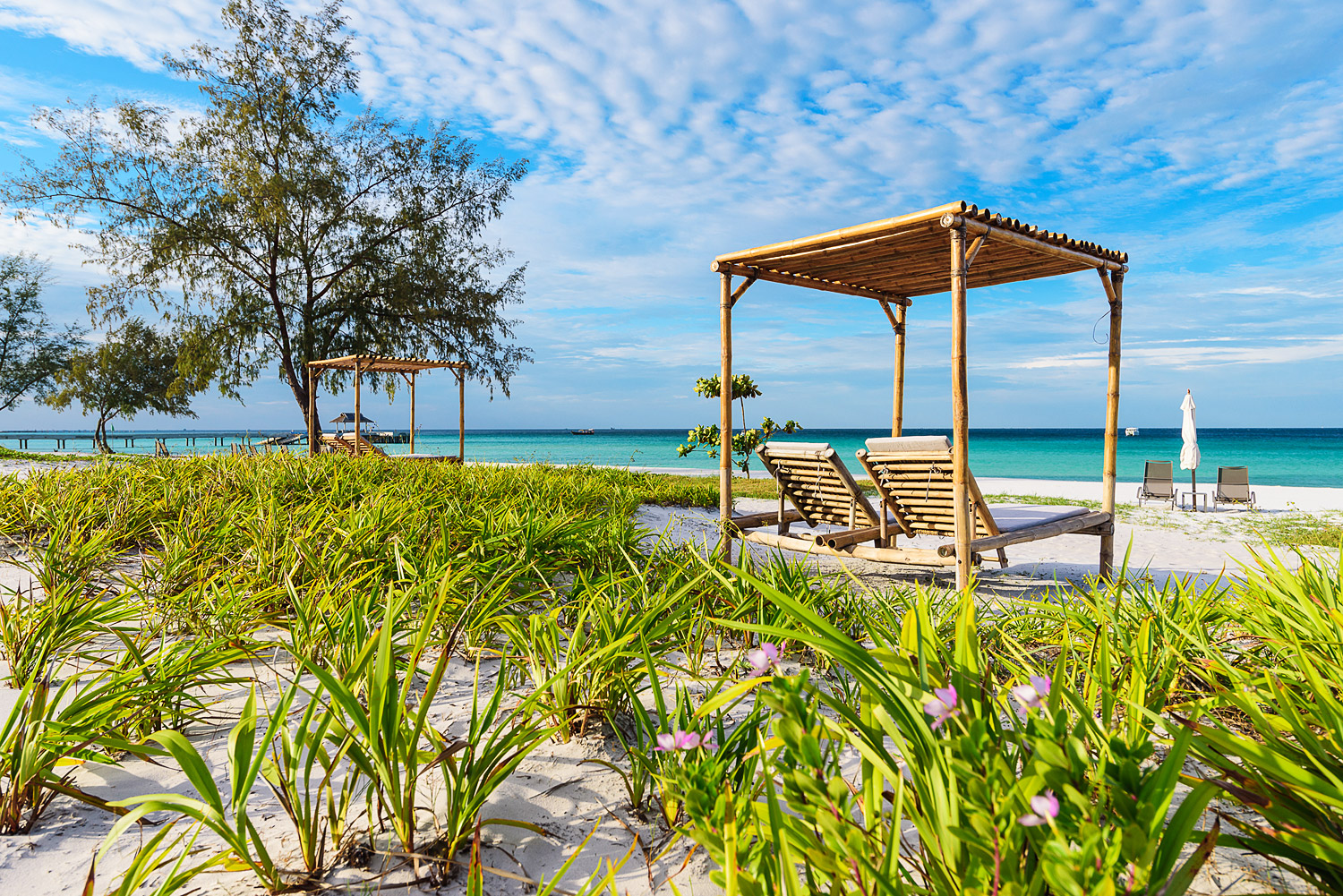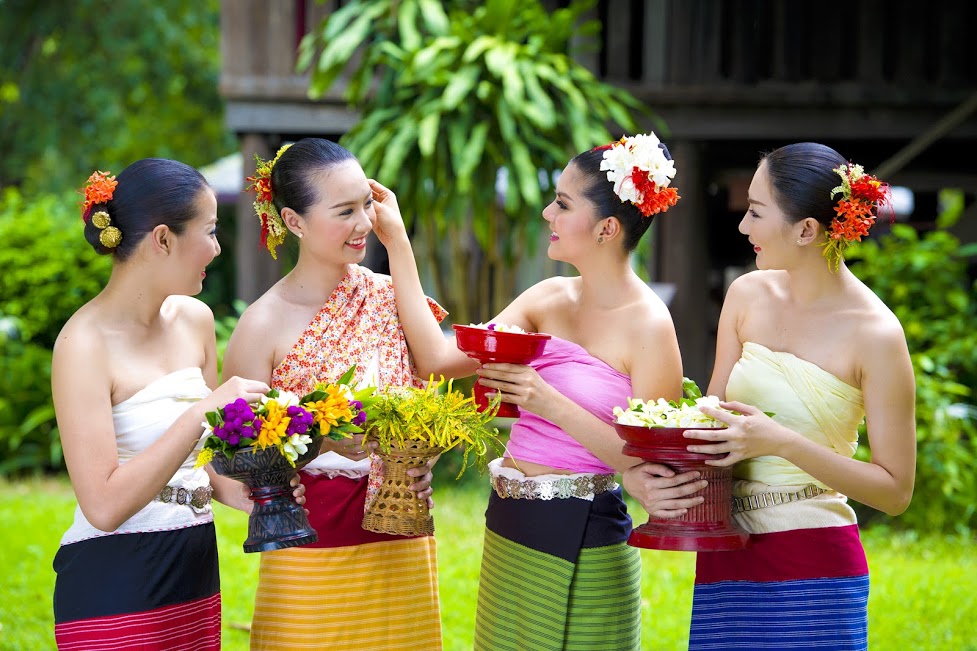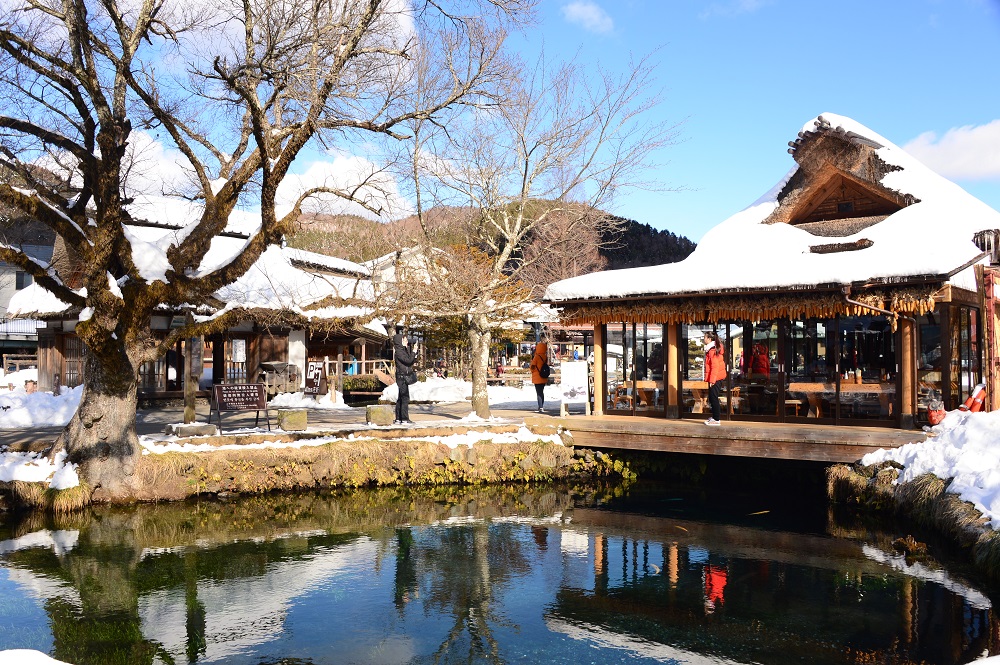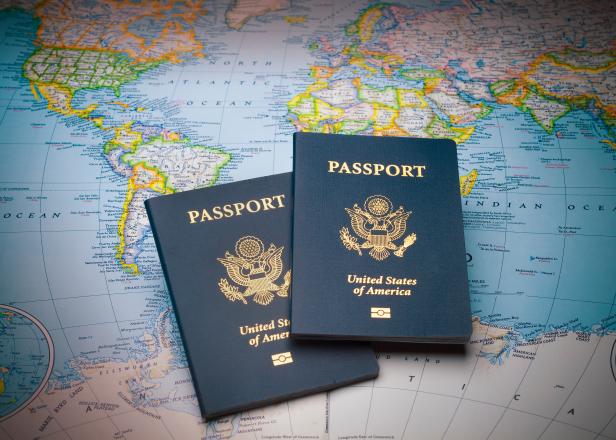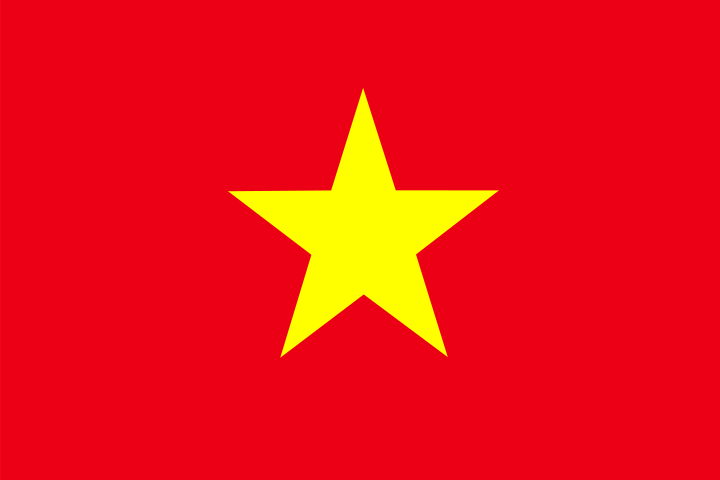- homepage
- news
- asia destination
- bring yourself to bang rak
Bring yourself to Bang Rak
"Bang Rak has been home to multicultural groups of people. They are those who have different beliefs, ranging from Buddhism to Taoism, Christianity and Islam," said Thanat Bhumarush, a tourist officer of the Bangkok Tourism Division of the Bangkok Metropolitan Administration. He was the guide who led our Bang Rak walking tour, hosted recently by KTC's PR Press Club.
The area was a large port and a trading hub since the early Rattanakosin era. Charoen Krung Road used to be a canal before being turned into a road in 1862, during the reign of King Rama IV.
People called it different names. Westerners, who requested the road for riding horse-drawn carriages for fresh air, called it New Road. Chinese immigrants called it Xing Pa Lo, meaning the New Road, while Thai people called it Thanon Tok, meaning the Street Falls, into Chao Phraya River, because the street ended on the bank of the river. King Rama IV officially named it Charoen Krung Road in 1868.
"Some people may misunderstand that Charoen Krung was the first road of the Kingdom, but the first road was Thanon Trong, which is Rama IV Road today. The street turns 160 years old this year," he said, adding that Thanon Trong was constructed about four years before Charoen Krung Road.

Wat Suan Phlu is also famous for the old gingerbread buildings which are decorated with fretwork. The buildings were built in 1934 and won a Conservation Award by the Association of Siamese Architects in 2002.

This seated image of Buddha is one of the sacred images in Wat Suan Phlu. The sculpture sits next to the entrance of the prayer hall behind the ordination hall. Locals believe that the Buddha image protected them from air raids from Japanese aircraft during World War II.
Our first stop to explore Bang Rak started at the Chinese shrine next to BTS Saphan Taksin. Called Bang Rak Shrine or Chiao Eng Biao in Hainan dialect, the shrine was built during the period of King Rama IV to honour 108 Chinese traders who were killed in Vietnam because they were mistaken for pirates.
"They were honest and good men, so people honoured them as deities. Instead of making 108 statutes for them, they made a wooden nameplate with Chinese characters depicting the words of the Deities of 108 Brothers. The shrine was built for the deities in Bangkok and another one in Ho Chi Minh City in Vietnam," he said.
As a result, the Bang Rak Shrine does not have a sculpture of a Chinese god or goddess as the principal deity but has a nameplate representing the most important deity of the shrine. People believe the Deities of 108 Brothers can grant them good business and wealth.
"The way to pay respect to Chinese gods in any Chinese shrine is to first worship the principal god, who is always placed in the centre. The next step is to pay homage to another deity on your right and then on your left," he said.


The Bangkok Folk’s Museum displays the personal collection of the Suravadi family. Most of the displayed items are collected from the period of 1937 to 1957. Among them are a collection of wine glasses from Europe, a piano with ivory keyboard, ceramic bowls, board games, kitchenware, old Buddha images and amulets. The museum also has the early ID card which came in a format of a folding pocketbook and old land title deeds.



Imam Thanarat Watcharapisud in the main prayer hall of Haroon Mosque. The walls show carved Arabic letters painted in a golden colour. The verse is a teaching from the Koran. Above him is the green ceiling lantern given to the mosque by King Rama V.
We continued our journey to Wat Suan Phlu, about 500m away on Soi Charoen Krung 42/1. The temple was built in the Ayutthaya period and was renovated in the reign of King Rama I.
"The name of Wat Suan Phlu came from the location, which was surrounded by farms of betel [phlu] in the past," he said.
It is a long tradition that after the king ascended to the throne, he would make great merit for the Kingdom, such as renovating old temples. After the fall of the Ayutthaya Kingdom, King Rama I became the first king of the Rattanakosin Era. He renovated some old temples in the capital. He also collected old Buddha images from abandoned temples in the central and northern regions, donating Buddha images to the renovated temples in Bangkok. The collection totalled 1,248 Buddha images, and a large number of them have been placed around the ordination hall of Wat Pho to this day, he said.
"It is believed that the seated Buddha image in Wat Suan Phlu was taken from a ruined temple in the Sukhothai Kingdom, because the sculpture shows the beautiful arts of Sukhothai," he said. The image is housed in the ordination hall. When you are inside the hall, which was renovated again in 1967, you may forget that you are in one of the crowded areas of Bangkok, as traffic noise seems to be far away.


During the Ramadan, only a few street food stalls in the Haroon community are open during daytime. One of them is this roti-mataba shop. The mataba (stuffed roti) has three choices of fillings including chicken, beef or sweets. The sweet-filled mataba is stuffed with ripe banana, candied gourd, raisin and egg.


The European-style building of the Old Customs House has the royal seal of King Rama V on the top. Today the building is closed to the public.
A short walk from the temple to Soi Charoen Krung 40, you will see the elegant Roman Catholic Assumption Cathedral. The 210-year-old church is located in the compound of Assumption Convent College. However, it is closed due to renovation.
Our trip went further north to the two-century-old Muslim community in Soi Charoen Krung 36. While we were at the Haroon Mosque, we heard the adhan, the Islamic call to prayer.
Within 10 minutes the main prayer hall was almost filled with Muslim men and boys, while women and girls sat in a separate zone on a spacious balcony.
During Ramadan or the month of fasting, more people come to the mosque to worship God, as they believe making merit during the month is greater than other months, said Imam Thanarat Watcharapisud. During other times of day, men and boys also come to the masjid to read the Koran.
The Muslim neighbourhood is an old community in Bangkok. Their ancestors were merchants who immigrated from Indonesia during the reign of King Rama III. They built a small teakwood masjid in 1828. Haroon Bafaden was the first Imam, and the mosque was named after him. During the period of King Rama V, the mosque was relocated about 500m from the bank of the river because the King decided to build a custom house near the pier where the mosque was located. A bigger piece of land was provided to the community. The present mosque is a two-storey structure which has welcomed not only locals but Islamic expats and foreign visitors to join the prayer.
"We provide food for free during the Ramadan. Everyone who is Muslim or not can come to us and enjoy the food," said Imam Thanarat.
A short walk from the mosque is Bangkok's first custom house, known as sunlaka sathanin Thai. It is located next to the riverside French embassy. The three-storey building of the Old Customs House was built in 1888 and designed by Joachim Grassi, an Italian architect who designed many famous buildings such as Wat Niwet Thammaprawat and Bang Pa-in Palace in Ayutthaya during the period of King Rama V.
"The Old Customs House was built in neo-Palladian architecture, the classical style based on symmetry and proportion. It was part of the King's plan to modernise Siam," said our guide Thanat.
The grand building was once a one-stop service for foreign trading ships, he said, adding that it housed the Customs Department, the Department of Foreign Trade, the Marine Department and the office of the Royal Thai Navy.
The 130-year-old building is rundown after it was rented out as residences for officers of the Marine Police Division and later for officers of Bang Rak Fire Station. In 2005, the real-estate consortium Natural Park, which was later renamed as U City, won a 30-year concession to renovate the site to be a luxurious resort, but so far the 3 billion baht project has not yet kicked off.
Most of the space in front of the Old Customs House today is used as a parking lot for those who visit the French embassy.
Our last stop was the Bangkok Folk Museum, also known as the Bangkokian Museum, on Soi Charoen Krung 43. It was a house of the late biologist Assoc Prof Waraporn Suravadi, who turned her property into the museum. She donated it to the Bangkok Metropolitan Administration in 2003.
Nested in a lush green garden, the museum displays private collections of her family in the three wooden houses. It is a popular site from which to get a glimpse of the life of a middle-income family in Bangkok in the early 20th century.
The museum can also be a good starting point for exploring Bang Rak, as it has an exhibition to tell you the history of the area as well as a map to help you explore one of the storied and historical districts of Bangkok.
TRAVEL INFO
- The most convenient way to go to Bang Rak is to take the BTS to Saphan Taksin.
- Bang Rak Shrine and Wat Suan Phlu are open daily.
- The Bangkok Folk Museum is open from 10am-4pm from Wednesday until Sunday. Admission is free.
- For more information about tourism in Bang Rak, visit the website of the Tourism Division of Bangkok Metropolitan Administration at http://bangkoktourist.com.
(Source: KARNJANA KARNJANATAWE, Bangkok Post, 16 May 2019)
- Yamanashi the sacred land of dragon 07/02/2020
- Spectacular Seorak in the golden leaf season 18/10/2019
- The unique Intha people 04/10/2019
- Cebu spectacles 20/05/2019
- 7 of Cambodia's best islands 20/05/2019
- Jubilant Songkran 22/05/2019
- Phuket's hidden pearl 20/05/2019
- Myanmar myths 18/05/2019
- Island paradise - Royal Sands Koh Rong 20/05/2019
- The vivid summer colors of Thailand 18/05/2019
Business hours:
- From 8:00 - 18:00 Mon - Fri
- From 8:00: 12:00 Saturday
International Tour Operator License No: 79-162/20/2014/TCDL-GP LHQT.





